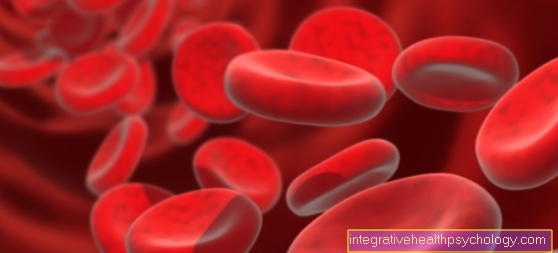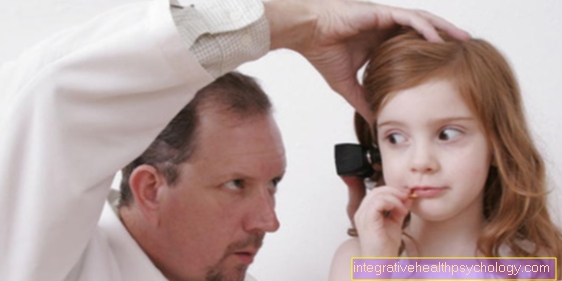The breast cancer gene
What is the breast cancer gene?
The development of breast cancer (Breast cancer) can have many causes. In some cases, it can be traced back to a gene mutation.
However, it is believed that only 5-10% of breast cancer cases are due to a hereditary genetic cause. In this case one speaks of hereditary breast cancer. The most common is a change in the BRCA-1 or BRCA-2 gene. BRCA stands for BReast CAncer.

What influence does the breast cancer gene have on the breast cancer risk?
A mutation of the BRCA-1 or BRCA-2 gene increases the risk of developing breast cancer by up to 80%. In comparison, women without a gene mutation have a 10% risk of developing breast cancer by the age of 85. Furthermore, the age of onset is reduced. On average, gene carriers develop breast cancer around 10-20 years earlier than women without a familial risk.
The disease often occurs before the age of 50. Noticeable and an indication of a gene mutation is a bilateral occurrence of breast cancer as well as the occurrence in men, who usually develop a very aggressive variant.
When there is a mutation in the BRCA1 or BRCA2 gene, not only is the risk of breast cancer increased, but other cancers as well. Particular emphasis should be placed on ovarian cancer (Ovarian cancer). However, it also increases the risk of colon, pancreatic, gastric and prostate cancer.
More recent research is gradually discovering other genes that can lead to breast cancer (e.g. RAD51C). If a gene mutation is present, there are often several cases of breast cancer in the family, often with an early onset of the disease in the respective person.
Read more about this: Breast cancer risk
What is the BRCA-1? What is the BRCA-2?
Hereditary gene mutations are present in all body cells from birth. They are passed on via the parental germ cells, including the BRCA-1 and BRCA-2 genes. If they are intact, they have a protective effect on the body's cells. They are supposed to prevent cancer from developing in the cells. Therefore they are called "tumor suppressor genes". If the BRCA gene does not work properly, however, it can no longer fulfill its protective function and the risk of developing cancer increases rapidly.
Studies on increasing risk are not easy. The latest figures show the following increased risk of a gene mutation in BRCA-1:
-
72% risk of developing breast cancer up to the age of 80 years. BRCA-1 muations lead to cancer about 10 years earlier on average.
-
40% risk of developing a second, new breast cancer on the other hand within the next 20 years
-
44% risk of ovarian cancer
In comparison, the following increase in risk results from a BRCA-2 mutation:
-
69% risk of developing breast cancer up to the age of 80
-
26% risk of developing a second, new breast cancer on the other hand within the next 20 years
-
17% risk of ovarian cancer
The figures show that a gene mutation means a significant increase in risk for those affected. The BRCA-1 in particular carries a great risk.
A detailed investigation and questioning of possible gene carriers is therefore essential. Particularly in the case of increased occurrence in a family (positive family history) with an early onset of the disease and rapid progression, the persons should be carefully examined and followed up.
Are you more interested in this topic? Then read our next article below: BRCA Mutation - Symptoms, Causes & Therapy
What does it mean to me if I have this gene?
As already mentioned, women with a positive family history should be closely monitored and possibly tested.
Before deciding on molecular genetic diagnosis, one should weigh the pros and cons and deal with the limits of diagnosis and the possible consequences.
Psychological counseling may be helpful here. If you decide to take the test after the cooling-off period, the family member who has breast and / or ovarian cancer is usually examined first.
In addition to BRCA-1 and BRCA-2, the examination also includes eight other genes and usually takes 6-8 weeks.
If no gene mutation can be detected, however, a hereditary disease cannot be ruled out, since the genes known and testable up to now can only explain 35-40% of familial diseases.
If a gene mutation is found, a diagnosis of hereditary breast and ovarian cancer can be made. For the person who is already ill, this means an increased risk of developing cancer again.
Intensified early detection methods and advice on operative measures should follow. The next steps show that the diagnosis of a gene mutation has consequences for the entire family.
First-degree relatives have a 50% risk of also being mutation carriers. If a mutation can be detected in a person who has not yet been infected, it has an increased risk of developing cancer. She should also take part in intensified early detection methods and seek advice on an operative measure. Early detection includes a six-monthly palpation examination and an ultrasound of the breast as well as an annual magnetic resonance tomography of the breast from the age of 25. From the age of 40 a regular mammography (X-ray examination of the breast) should take place.
The possible surgical measures mentioned include prophylactic removal of the ovaries and fallopian tubes as well as the mammary gland. Removing the ovaries after completing family planning (risk-reducing salpingo-oovarectomy) reduces the risk of ovarian cancer by around 95% and also the risk of breast cancer.
A breast gland removal reduces the risk of breast cancer by about 90%. The breast can be rebuilt. The surgical measures should be discussed in detail with the attending physician and weighed up.
If a person seeking advice who does not have any gene mutations in the family does not have a higher risk than the general population.
Find out more about the topic here Breast cancer screening.
What does a genetic test cost?
The genetic test costs between € 3,000 and € 6,000, depending on the scope. If there is justified suspicion, however, the health insurance companies usually cover the costs. In over 80% of the cases, the costs are covered without any problems.
A positive family history counts as a justified suspicion. There are many different constellations. For example, at least three women in the family must have breast cancer regardless of age, or at least two women have breast cancer if one is under 50, or at least two women have ovarian cancer or at least one man has breast cancer.
It should be noted that only family members either on the maternal or on the paternal side are spoken of. The recommendations are constantly updated on the basis of studies and should be read when considering a genetic test.
Also read: Genetic test
How is the breast cancer gene inherited?
The inheritance of the BRCA-1 and BRCA-2 mutation is subject to a so-called autosomal dominant inheritance. This means that the BRCA mutation present in one parent has a 50% chance of being passed on to the offspring.
This happens regardless of gender and can also be inherited from the father. If no mutation is detected in someone, he cannot pass it on.
Read more about the topic here: Is Breast Cancer Hereditary?
How common is the breast cancer gene in the population?
BRCA mutation is very rare. Only about one in 500 people carries a mutation in the BRCA1 gene and only about one in 700 people carries a mutation in the BRCA2 gene.
Only 5-10% of breast cancers can be traced back to an inheritable cause, with a BRCA-1 or BRCA-2 mutation only being present in 25% of cases

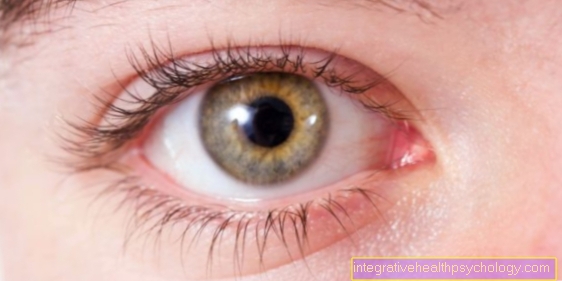








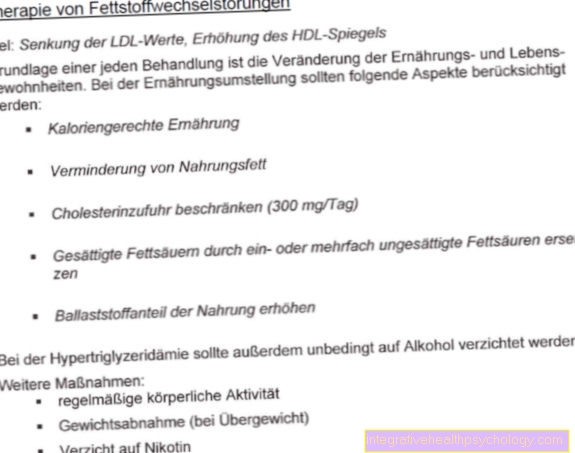








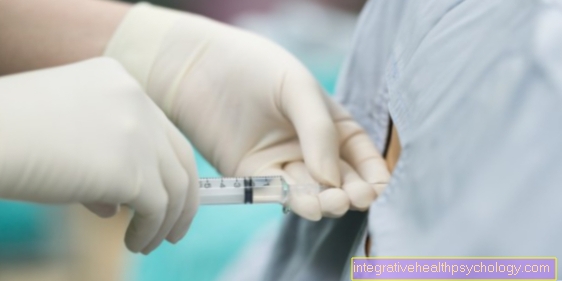



.jpg)



